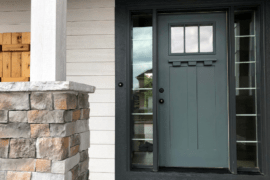Creating a desert landscape front yard can be a rewarding and visually stunning project that not only enhances the curb appeal of your home but also conserves water and requires minimal maintenance. This guide will walk you through the essential steps and considerations for transforming your front yard into a beautiful desert oasis.
Understanding the Basics of Desert Landscaping for Your Front Yard
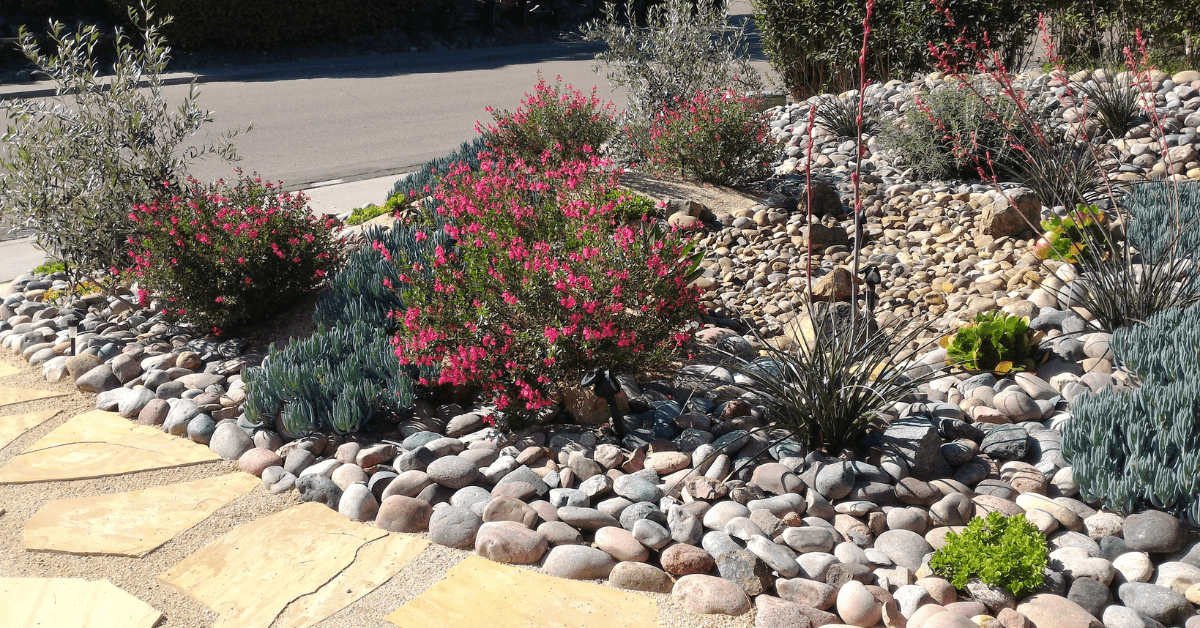
Desert landscaping, also known as xeriscaping, is a method of designing your yard to reduce or eliminate the need for supplemental water from irrigation. This approach is particularly beneficial in arid regions where water conservation is crucial. By incorporating native plants and drought-tolerant species, you can create a sustainable and eco-friendly landscape that thrives in the desert climate.
When planning your desert landscape front yard, it’s important to consider the natural elements of the desert environment. This includes the types of plants that are best suited for the climate, the soil composition, and the overall aesthetic you want to achieve. By understanding these basics, you can create a cohesive and visually appealing design that complements your home and the surrounding landscape.
Choosing the Right Plants for a Stunning Desert Landscape Front Yard
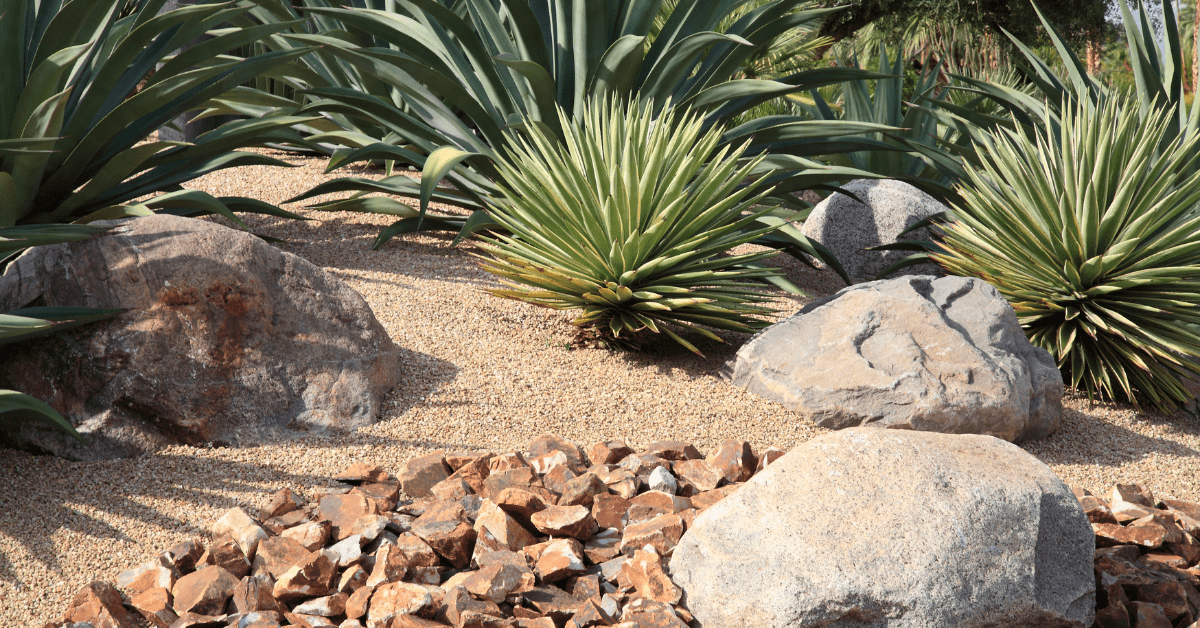
Selecting the right plants is a critical step in creating a successful desert landscape front yard. Native plants and drought-tolerant species are ideal choices because they are adapted to the harsh conditions of the desert environment. Some popular options include succulents, cacti, agave, yucca, and various types of ornamental grasses.
When choosing plants, consider their growth habits, color, and texture to create a diverse and interesting landscape. Grouping plants with similar water and sunlight requirements can help ensure they thrive together. Additionally, incorporating a mix of ground covers, shrubs, and trees can add depth and dimension to your yard, making it more visually appealing.
Incorporating Hardscaping Elements to Enhance Your Desert Landscape Front Yard
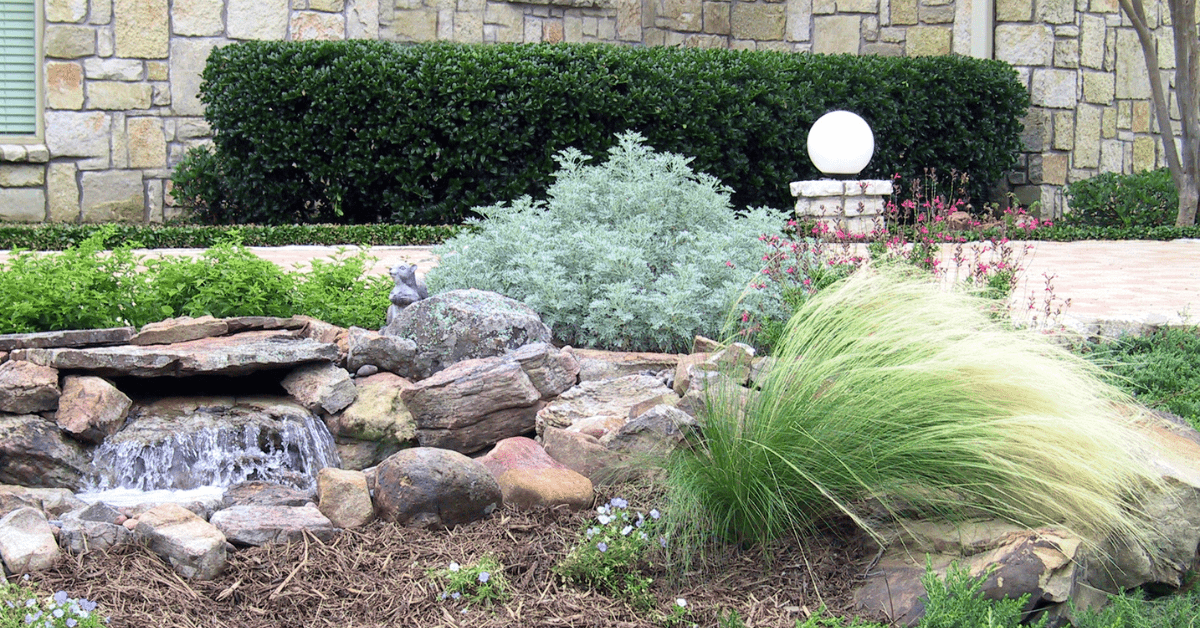
Hardscaping elements, such as rocks, gravel, and stone pathways, play a significant role in desert landscaping. These features not only add structure and definition to your yard but also help reduce water usage by minimizing the amount of irrigated space. Consider using decomposed granite, river rocks, or flagstone to create pathways, borders, and focal points throughout your yard.
In addition to rocks and gravel, other hardscaping elements like retaining walls, raised beds, and decorative boulders can add visual interest and functionality to your desert landscape front yard. These features can help manage erosion, create seating areas, and provide a backdrop for your plants. By thoughtfully incorporating hardscaping elements, you can enhance the overall design and usability of your yard.
Water Conservation Techniques for a Sustainable Desert Landscape Front Yard

Water conservation is a key component of desert landscaping. By implementing efficient irrigation systems and water-saving techniques, you can maintain a healthy and vibrant yard while minimizing water usage. Drip irrigation systems are an excellent choice for desert landscapes because they deliver water directly to the plant roots, reducing evaporation and runoff.
In addition to efficient irrigation, consider using mulch and ground covers to help retain soil moisture and reduce the need for frequent watering. Mulch also helps regulate soil temperature and suppress weeds, making it a valuable addition to any desert landscape front yard. By prioritizing water conservation, you can create a sustainable and eco-friendly yard that thrives in the desert climate.
Maintaining Your Desert Landscape Front Yard for Long-Term Beauty and Health
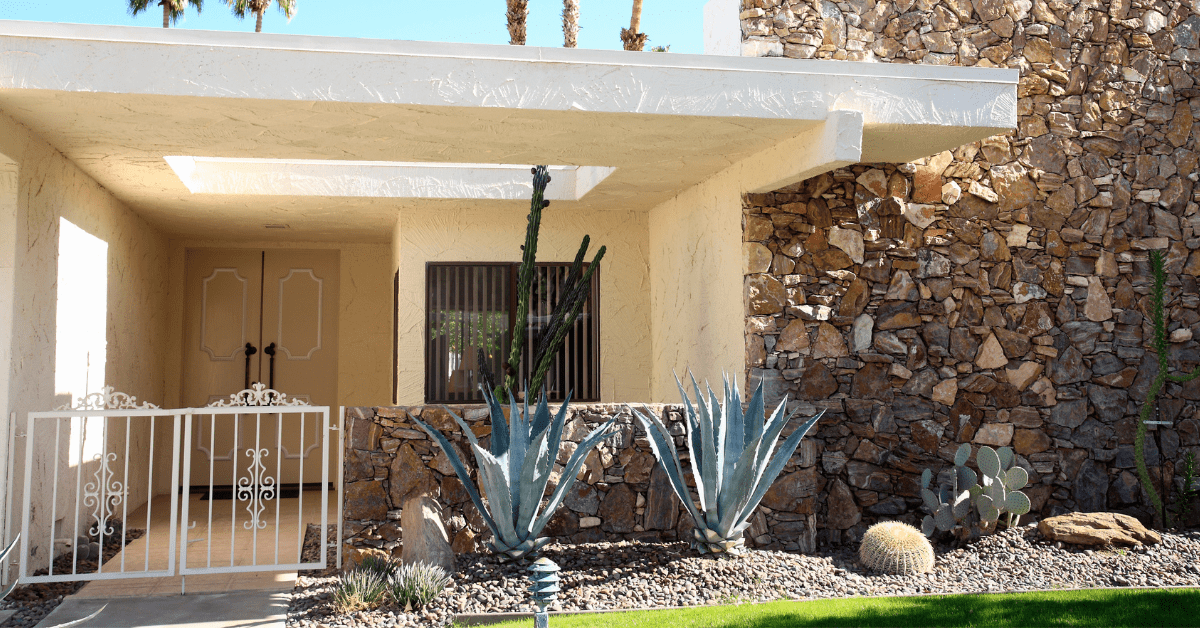
Once your desert landscape front yard is established, regular maintenance is essential to keep it looking its best. This includes routine tasks such as pruning, weeding, and monitoring for pests and diseases. While desert plants are generally low-maintenance, they still require some care to ensure they remain healthy and vibrant.
In addition to regular maintenance, it’s important to assess your irrigation system and make adjustments as needed periodically. This may involve checking for leaks, adjusting watering schedules, and ensuring that your plants are receiving the appropriate amount of water. By staying proactive with maintenance, you can enjoy a beautiful and thriving desert landscape front yard for years to come.
Related Articles
- 10 Stepping Stone Walkway Ideas Perfect For Enhancing Your Outdoor Landscape
- Low Maintenance Modern Front Yard Landscaping Ideas for Ultimate Curb Appeal
- 40 Best Landscape Lighting Ideas
With regular maintenance and a thoughtful design, your desert landscape front yard will not only thrive in the harsh desert climate but also provide a beautiful and inviting space for you and your family to enjoy. Embrace the beauty and benefits of desert landscaping and create a front yard that stands out in your neighborhood while supporting the environment.
Turn your house into the home of your dreams. Our newsletter provides you with design ideas and decor trends. Subscribe now to start your journey to a stunning home! Click here to subscribe now.




